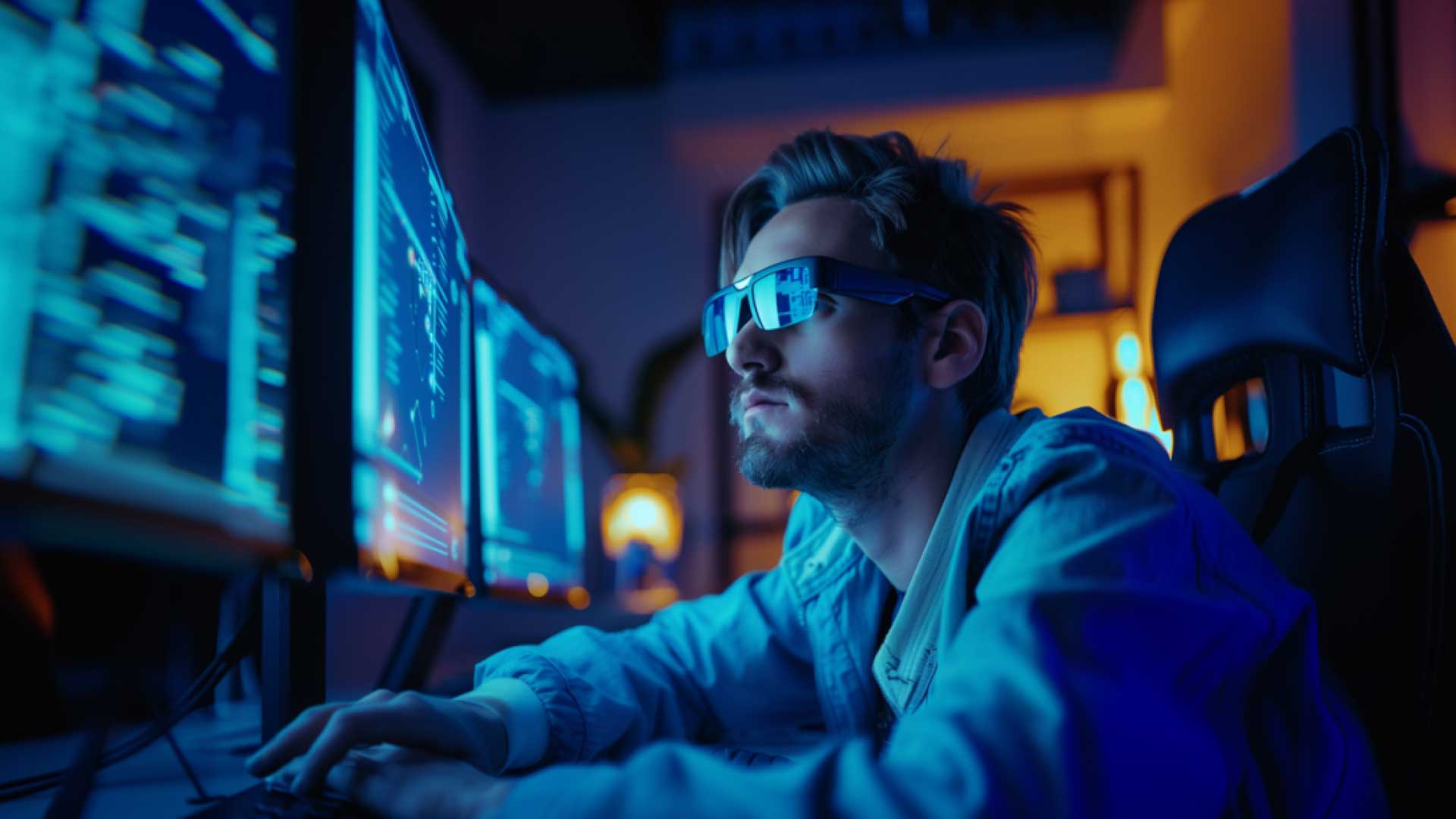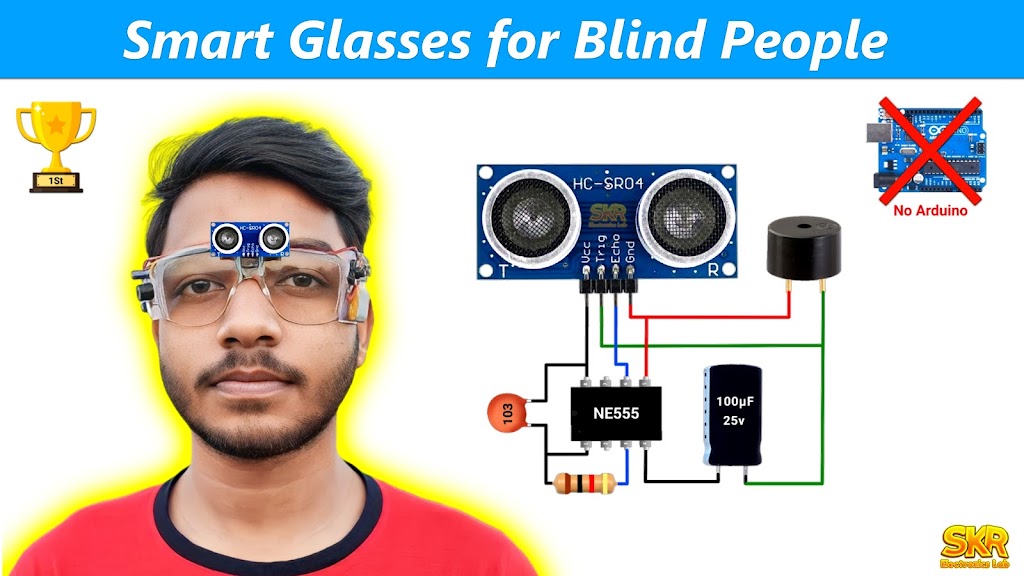Discover Advanced Assistive Instruments for People With Visual Disabilities
The landscape of assistive technology for people with aesthetic impairments is progressing quickly, providing a variety of cutting-edge gadgets that improve autonomy and engagement. From smart glasses that seamlessly merge aesthetic input with auditory advice to sophisticated navigating applications that redefine spatial recognition, these devices are reshaping opportunities.
Smart Glasses Innovations
Smart glasses represent a substantial innovation in assistive technology for individuals with visual disabilities. Outfitted with cameras and sensing units, clever glasses can capture real-time visual details, which is after that processed and communicated to the user via sound responses or haptic feelings.
Moreover, advancements in expert system have actually further improved the capacities of wise glasses. Device knowing algorithms can recognize faces, read message, and recognize objects, making them important devices for daily jobs. Customers can receive acoustic hints that offer context concerning their atmosphere, fostering independence and confidence.
Additionally, the ergonomic style and light-weight nature of numerous wise glasses make them ideal for prolonged usage, ensuring convenience while improving functionality. As these gadgets proceed to progress, they hold the possible to transform the way people with visual disabilities experience their daily lives, connecting the void between ease of access and technology. The recurring r & d in this area assurance to increase the opportunities for clever glasses, making them a vital element of contemporary assistive devices.
Navigation Apps and Tools
Various navigation apps and devices have actually emerged as necessary resources for individuals with aesthetic impairments, significantly boosting their capability to pass through unfamiliar environments. These technologies utilize general practitioner capability, audio signs, and real-time information to supply users with specific navigating assistance.
One famous example is the Aira application, which links users to qualified representatives that can give aesthetic descriptions of environments and navigating advice through a live video feed. This service enhances the user's spatial understanding and confidence while browsing. One more notable device is Seeing Eye GPS, which uses voice-guided navigating and sights, allowing individuals to gain access to crucial info concerning their environments.

As innovation remains to advance, the growth of a lot more sophisticated navigating devices assures to additional empower people with visual impairments, promoting smooth mobility and combination into varied settings. Such technologies are crucial in advertising an extra inclusive society.
Braille Innovation Improvements
In the last few years, advancements in Braille modern technology have actually significantly transformed just how individuals with aesthetic impairments gain access to information and engage with the world around them. The growth of mobile Braille screens has transformed reading by permitting users to attach wirelessly to computers, mobile phones, and tablet computers. These tools convert message into Braille in real-time, making it possible for smooth communication with digital content.
Additionally, innovative Braille printers have arised, boosting the manufacturing of tactile products. Modern embossers are faster and extra efficient, enabling the fast production of Braille documents and academic materials. This efficiency lowers the moment and price connected with generating Braille sources, making them more easily accessible to institutions and organizations.
In addition, the assimilation of Braille with other innovations, such as expert system and artificial intelligence, has actually opened new avenues for individualized discovering experiences. Voice recognition and synthesis modern technologies can complement Braille, offering an inclusive method to information dissemination.
As the need for comprehensive education and work environment environments grows, these technological innovations play a vital role in empowering individuals with aesthetic impairments, ensuring they have equivalent access to information and opportunities in various aspects of life.
Wearable Gadgets for Freedom
A growing variety of wearable tools is improving freedom for individuals with aesthetic problems, providing cutting-edge solutions that enhance navigation and day-to-day living. Braille displays and notetakers. These gadgets make use of sophisticated innovations to give real-time feedback and support, advertising freedom in different settings

Wearable innovation additionally consists of smartwatches that can be programmed with accessibility features, allowing individuals to obtain alerts, track their areas, or perhaps call for aid with the touch of a switch. In addition, some gadgets incorporate expert system to evaluate the setting, offering sound descriptions of nearby things or people.
Voice-Activated Assistive Solutions
Leveraging voice-activated assistive options has actually changed the landscape of support for people with visual disabilities, supplying hands-free communication and access to a range of tasks. These technologies utilize natural language handling and artificial knowledge to enable users to carry out day-to-day tasks through simple voice commands.

Additionally, current developments in voice recognition accuracy have improved the user experience dramatically, fitting varied accents and speech patterns. This inclusivity ensures that more individuals can gain from these technologies, promoting a higher feeling of freedom.
Conclusion
To conclude, the development of sophisticated assistive tools significantly boosts the freedom and top quality of life for people with aesthetic impairments. Advancements such as clever glasses, navigation applications, Braille modern technology, wearable devices, and voice-activated options collectively cultivate a more comprehensive environment. These innovations empower individuals to navigate vision check their environments with self-confidence and engage more fully with the world, ultimately promoting higher ease of access and level playing fields for people facing aesthetic difficulties.
The landscape of assistive technology for individuals with visual disabilities is read review advancing rapidly, providing a variety of innovative tools that boost freedom and engagement.Smart glasses represent a considerable advancement in assistive innovation for individuals with visual problems. As these gadgets continue to progress, they hold the possible to change the method people with aesthetic impairments experience their daily lives, bridging the void between access and modern technology.In recent years, developments in Braille innovation have substantially transformed just how people with visual problems accessibility details and engage with the globe around them. These innovations empower individuals to browse their surroundings with self-confidence and involve even more completely with the world, eventually promoting higher ease of access and equal chances for people facing visual challenges.